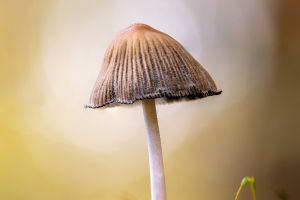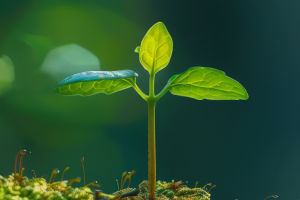Spring is the season of renewal, where the world awakens from its winter slumber, and nature bursts into a vibrant display of color and fragrance. Spring flowers are the heralds of this season, transforming landscapes into picturesque scenes that inspire joy and optimism.
Whether you're a gardening enthusiast or simply someone who loves the beauty of nature, the allure of spring flowers is irresistible.
Popular Spring Flowers: A Blossoming Palette
Tulips
Tulips are perhaps the most iconic of all spring flowers. Originating from Central Asia, these elegant blooms come in a rainbow of colors and are a favorite in gardens and floral arrangements. With over 3,000 varieties, tulips can be simple or frilled, single or double-petaled, making them a versatile choice for any garden.
Daffodils
Known for their bright yellow or white trumpet-shaped flowers, daffodils are one of the first signs of spring. These cheerful blooms are hardy and easy to grow, often naturalizing in gardens to return year after year. Daffodils symbolize rebirth and new beginnings, making them a perfect representation of the spring season.
Cherry Blossoms
Cherry blossoms are synonymous with spring, especially in Japan, where they are celebrated with festivals and picnics under the blooming trees. These delicate pink and white flowers create a breathtaking canopy that is both ephemeral and unforgettable. Cherry blossoms are a symbol of the transient beauty of life.
Crocuses
Crocuses are among the earliest bloomers, often poking through the snow to announce the arrival of spring. These small, cup-shaped flowers come in shades of purple, yellow, and white. Crocuses are easy to grow and can be planted in lawns, garden beds, or containers to add a splash of color to your outdoor space.
Hyacinths
Hyacinths are prized for their intense fragrance and vibrant spikes of flowers. Available in shades of pink, purple, blue, white, and yellow, hyacinths are a popular choice for borders, rock gardens, and containers. Their sweet scent makes them a favorite for indoor displays as well.
Growing Spring Flowers: Tips for a Blooming Garden
Choose the Right Bulbs
Most spring flowers, such as tulips, daffodils, and hyacinths, are grown from bulbs. Selecting high-quality bulbs is essential for a successful bloom. Look for firm, plump bulbs free from mold or blemishes. Plant them in the fall before the ground freezes to give them time to establish roots.
Soil and Sunlight
Spring flowers thrive in well-drained soil rich in organic matter. A sunny location is ideal, as most spring blooms require plenty of light to grow and flourish. However, some flowers, like crocuses, can tolerate partial shade, making them versatile for different garden settings.
Watering and Fertilizing
Spring flowers need regular watering, especially during dry spells. However, avoid overwatering, as this can cause bulbs to rot. A balanced fertilizer applied in the fall and early spring can help boost growth and ensure vibrant blooms.
Uses of Spring Flowers: Beyond the Garden
Decorative Arrangements
Spring flowers are a popular choice for floral arrangements and bouquets. Their bright colors and sweet fragrances make them perfect for adding a touch of springtime to your home. Whether arranged in a vase on your dining table or used to create a centerpiece, spring flowers bring a fresh and lively atmosphere to any space.
Symbolic Meanings
Spring flowers are often used in cultural ceremonies due to their symbolic meanings. Daffodils represent new beginnings, tulips symbolize love and friendship, and cherry blossoms remind us of the fleeting nature of life. Incorporating these flowers into celebrations can add a meaningful touch to any occasion.
Wildlife Attraction
Many spring flowers attract pollinators such as bees, butterflies, and hummingbirds. Planting a variety of spring blooms in your garden can support local wildlife by providing them with nectar and pollen.
As the first blooms of spring push through the soil, they don't just decorate our gardens—they rejuvenate our spirits. These flowers, from the timeless beauty of tulips to the fragrant embrace of hyacinths, each play a part in transforming the landscape into a living canvas. Spring flowers aren't merely plants; they're nature's way of reminding us that even after the harshest winters, there’s always a new beginning.


